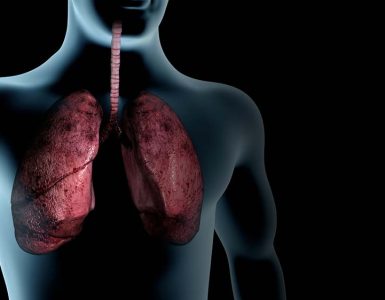Due to sedentary life style issues of high blood pressure and ultimately heart diseases as well as renal ailments are accelerating. Mortality in kidney patients on dialysis, is dramatically more as compared to the general population and cardiovascular disease is the major cause of mortality among these patients1.
Dyslipidemia and oxidative stress are probably considered as major atherogenic risk factors in chronic renal failure2. Oxidative stress leads towards elevated amount of free radicals that can cause lipid peroxidation which can be evaluated through Plasma malondialdehyde (MDA)3. It also serves as a predictor of cardiovascular ailments in patients on haemodialysis. This situation points out the role of oxidative stress as a cardiac risk factor in these patients4. Moreover, according to some investigations, haemodialysis is associated with increased free radical production5.

Considering these facts, scientists get motivated and conducted a novel research in order to assess the impact of haemodialysis on plasma lipid peroxidation as well as lipid profile (total cholesterol, High Density Lipoprotein cholesterol (HDL-C) and triglyceride in haemodialysis patients and compare with control groups6.
For this purpose, scientists recruited 22 patients having Chronic Renal Failure (CRF) disease who were haemodialyzed. However, these persons did not have coronary heart disease. Afterwards, research team determined the plasma levels of lipid peroxidation and lipid profile in haemodialysis patients and comparison with control groups was done6.
This study showed the alterations in the level of plasma lipid peroxidation as well as triglyceride in haemodialyzed patients. Scientists suggested that these changes can be connected with the patient uremia, dialysis membrane as well as the dialysis process. Moreover, according to research team the metabolic alterations associated with renal failure can cause dyslipidemia which is crucial in the development of cardiovascular abnormality in haemodialyzed patients.
Conclusively, the methods employed in the dialysis, the use of different oral antioxidant, the removal of active oxygen from the dialysis surrounding are the ways that can stop sudden cardiovascular abnormality in the haemodialysis patients.
Key words: haemodialysis, cardiovascular disease, free radicals, oxidative stress, high density lipoprotein cholesterol, triglycerides, renal failure
References:
- Foley, R.N., P.S. Parfrey and M.J. Sarnak, 1998. Clinical epidemiology of cardiovascular disease in chronic renal disease. Am. J. Kidney Dis., 32: 112-119.
- Chan, M.K., Z. Varghese and J.F. Moorhead, 1981. Lipid abnormalities in uremia, dialysis and transplantation. Kidney Int., 19: 625-637.
- Boaz, M., Z. Matas , A. Biro, Z. Katzir and M. Green et al., 1999. Serum hemodialysis and prevalent cardiovascular disease in hemodialysis. Kidney Int., 56: 1078-1083.
- Boaz, M., Z. Matas, A. Biro, Z. Katzir, M. Green, M. Fainaru and S. Smetana, 1999. Comparison of hemostatic factors and serum malondialdehyde as predictive factors for cardiovascular disease in hemodialysis patients. Am. J. Kidnet Dis., 34: 438-444.
- Bast, A., G.R. Haenen and C.J. Doelman, 1991. Oxidants and antioxidants: State of the art. Am. J. Med., 91: 2S-13S.
- AbdoljalalMarjani, AbdolvahabMoradi, Gholamreza Veghari and Alireza Ahmadi, 2007. Effect of Dialysis on Plasma Lipid Peroxidation and Lipid Profile in Haemodialysis Patients. Asian J. Cell Biol., 2: 23-28.
















Add comment